1960s
“in the Gay Nightlife of Rome, Trouser Parties Are Setting the Pace”
Posted By: Paul - Fri Aug 06, 2021 -
Comments (1)
Category: Fashion, 1960s, Women, United Kingdom
Walk On By
The elegance, beauty and singing talent of Dionne Warwick are embedded in a totally surreal video. Paris rooftop, stuffed cat, crowd of silent men...
Posted By: Paul - Thu Aug 05, 2021 -
Comments (3)
Category: Music, Surrealism, 1960s, Europe, Dolls and Stuffed Animals
Servant carried in trunk
"Goodness knows the trunk is big enough. It's big enough for two."
Red Deer Advocate - Mar 31, 1969
Posted By: Alex - Mon Aug 02, 2021 -
Comments (2)
Category: 1960s, Africa, Cars
The Lung Ashtray
Invented by Dr. Wayman R. Spence of Utah. It went on sale in 1969. The primary buyers, I imagine, were non-smokers giving them as annoyance gifts to smokers.
Some details from The Waco Citizen (Aug 19, 1971):
"A woman lit up a cigarette and I, being my usual obnoxious self said, 'Somebody should give you an ashtray shaped like a pair of lungs so you can see what smoking is doing to you'" he said.
Soon thereafter he designed the lung ashtray which has been distributed throughout the nation, including one to every member of the U.S. House of Representatives. On top of the ashtray are a pair of clear plastic lungs that demonstrate what smoke does to the human lungs. The smoke curls up through one of the "lungs" and, in a short time, there is a deposit of tar and nicotine. The other lung remains clear for contrast.

The Missoulian - Jan 19, 1969

Salt Lake Tribune - May 11, 1969
Posted By: Alex - Sun Aug 01, 2021 -
Comments (2)
Category: Smoking and Tobacco, 1960s
The Way-Out Record for Children
The creator's Wikipedia page.
Posted By: Paul - Sat Jul 31, 2021 -
Comments (3)
Category: Education, Fey, Twee, Whimsical, Naive and Sadsack, Ineptness, Crudity, Talentlessness, Kitsch, and Bad Art, Music, Children, Bohemians, Beatniks, Hippies and Slackers, 1960s
Currier and Ives Toiletries
Many cultural touchstones of my youth have vanished, and mean nothing now to new generations."Currier and Ives" is one such.
At one time this name meant "nostalgic popular culture invocations of the nineteenth century." But given that meaning, what kind of smells would you necessarily associate with it? Horse manure? Coal fires? Unwashed longjohns? Was that what was meant by "manly elegance?
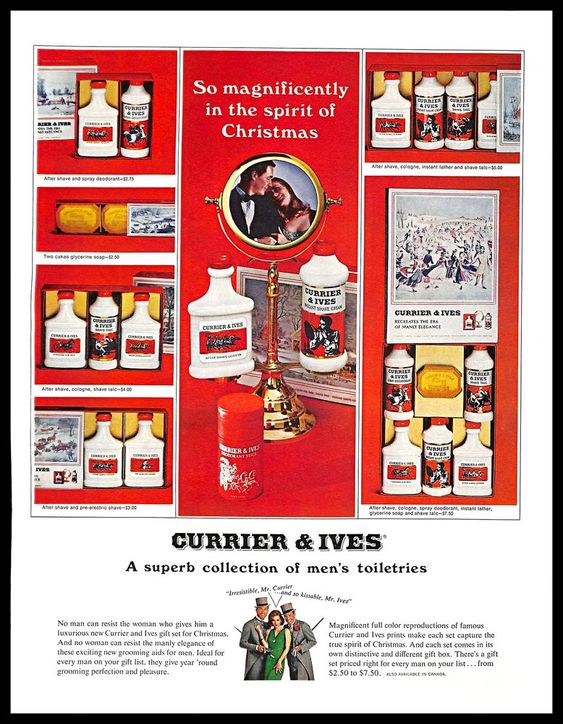
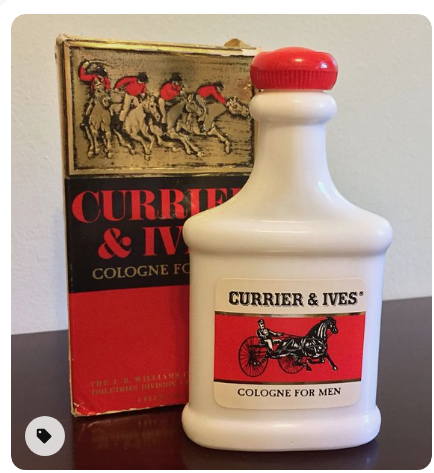
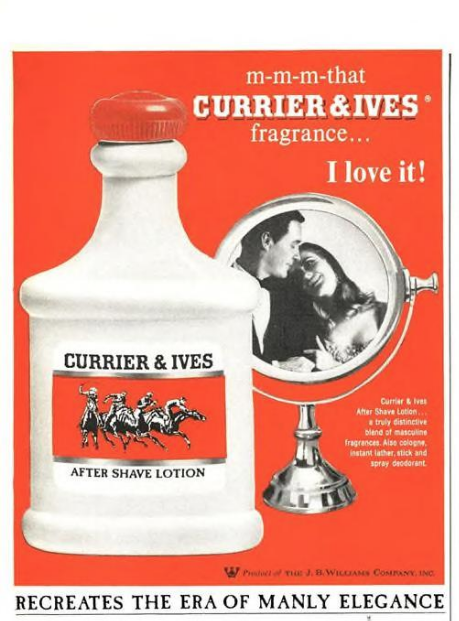
Posted By: Paul - Thu Jul 29, 2021 -
Comments (1)
Category: Advertising, 1960s, Perfume and Cologne and Other Scents, Nostalgia
Presenting the Losers
A 1967 ad campaign for Eastern Airlines.Of course, I'm pretty sure all the women in the ad were actually models/actresses. So in their true profession they were winners of a spot in the campaign. Most notably, that's Ali MacGraw sitting in the front row.

Time - Sep 29, 1967
Some analysis by Kathleen Barry in Femininity in Flight: A History of Flight Attendants —
Posted By: Alex - Mon Jul 26, 2021 -
Comments (5)
Category: Advertising, Air Travel and Airlines, 1960s
Wife Swapping By Mail
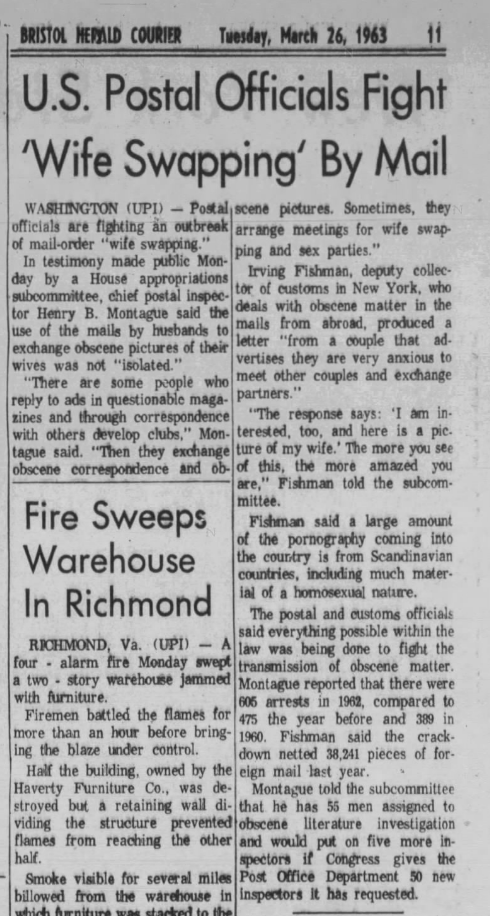
Posted By: Paul - Thu Jul 22, 2021 -
Comments (1)
Category: Husbands, Wives, 1960s, Sex, Postal Services
A Dummy Goes to Africa
Unfortunately, the book is not digitized, and original copies go for big bucks. But you can see more pics and read an account of the tale at the link.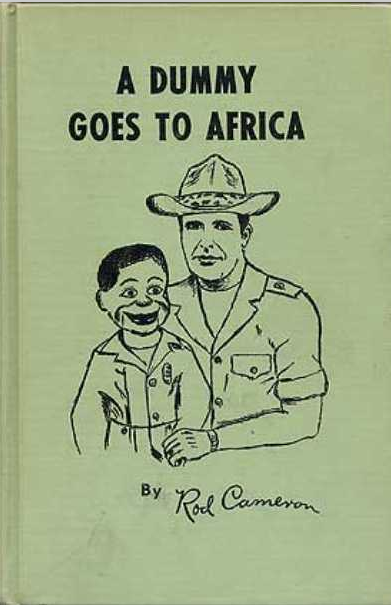
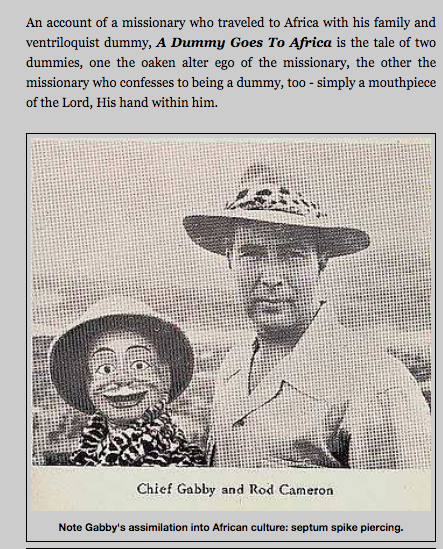
Posted By: Paul - Wed Jul 21, 2021 -
Comments (0)
Category: Puppets and Automatons, Religion, Books, 1960s, Africa
Ferdi Jansen
The artist's homepage. Sadly, she died very young in 1969.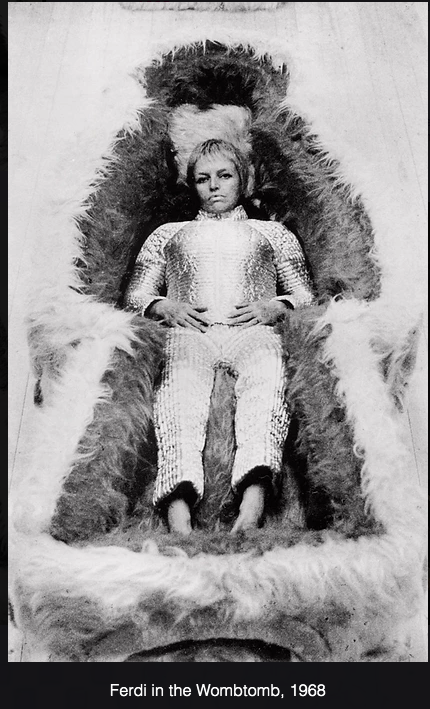
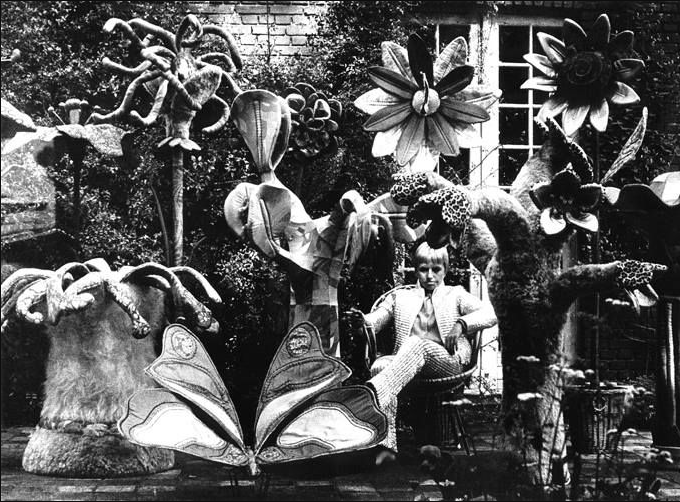
Posted By: Paul - Fri Jul 16, 2021 -
Comments (1)
Category: Art, 1960s, Genitals

| Who We Are |
|---|
| Alex Boese Alex is the creator and curator of the Museum of Hoaxes. He's also the author of various weird, non-fiction, science-themed books such as Elephants on Acid and Psychedelic Apes. Paul Di Filippo Paul has been paid to put weird ideas into fictional form for over thirty years, in his career as a noted science fiction writer. He has recently begun blogging on many curious topics with three fellow writers at The Inferior 4+1. Contact Us |




